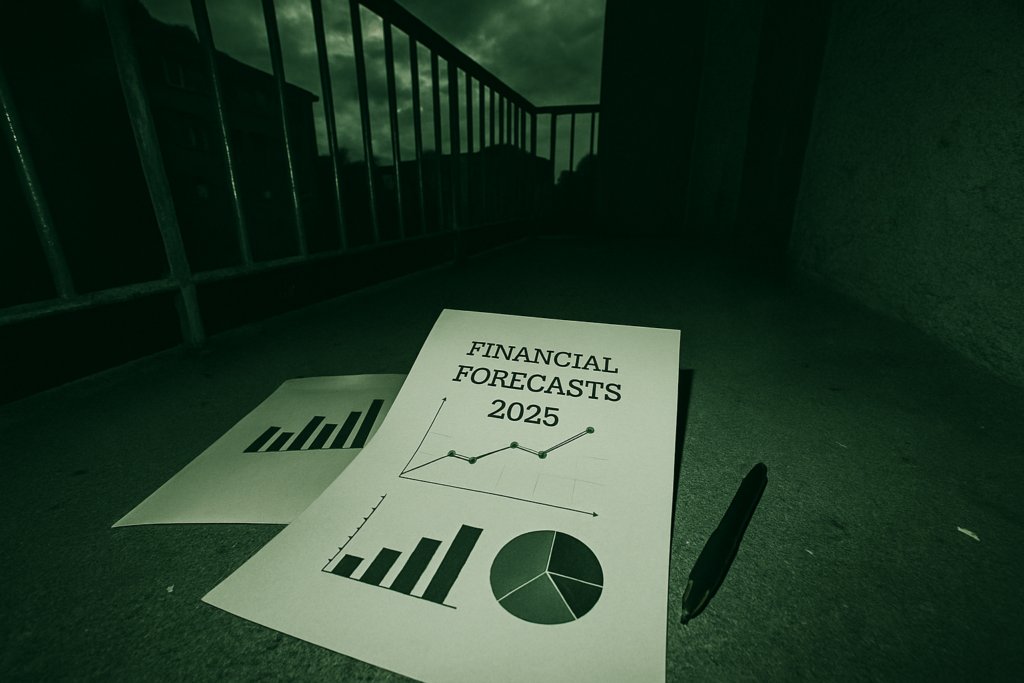Understanding Emerging Markets
Emerging markets offer significant potential for growth amid various challenges. To navigate these effectively, one must understand their fundamentals and characteristics.
What Are Emerging Markets?
Emerging markets are nations with social or business activities experiencing rapid growth and industrialization. These markets fall between developed and developing status, featuring a mix of both.
Examples include Brazil, Russia, India, China, and South Africa (together known as BRICS). Common traits of these countries include rising per capita income, modernization projects, and increased engagement in global trade.
- Economic Growth: Emerging markets show higher GDP growth rates compared to developed markets. For instance, India’s GDP growth rate has ranged from 4% to 8% annually in the past decade.
- Market Volatility: These markets often experience higher volatility due to political instability, shifts in policy, or currency fluctuations. For example, Turkey has seen significant currency devaluation over recent years.
- Demographic Trends: Younger populations drive demand and innovation. Nigeria, for instance, has a median age of about 18, contributing to a burgeoning labor force and consumer market.
- Resource Richness: Many emerging markets have substantial natural resources. Brazil’s vast reserves in iron ore and oil highlight this point.
- Infrastructure Development: Urbanization and infrastructure projects are common as countries modernize. China’s Belt and Road Initiative exemplifies large-scale infrastructure undertakings aimed at enhancing economic connectivity.
Understanding these characteristics equips stakeholders with the knowledge to navigate the opportunities and challenges these dynamic markets present.
Opportunities in Emerging Markets
Emerging markets present numerous growth avenues for businesses and investors. They exhibit dynamic transformations leading to various lucrative opportunities.
Consumer Market Expansion
Rising income levels in these markets fuel consumer spending. In Brazil, for example, millions have entered the middle class over recent years, enhancing demand for consumer goods.
Population growth also drives market expansion. Countries like India and Nigeria feature significant young demographics, creating substantial markets for products like smartphones, fashion apparel, and fast food.
Growth in Technology and Innovation
Technology adoption in emerging markets is on the rise, spurring innovation. China’s tech sector illustrates this, with companies like Alibaba and Tencent leading in e-commerce and fintech.
Government initiatives in markets like India’s Digital India program support technological growth, encouraging investment in startups.
Emerging regions also leverage mobile technology to leapfrog traditional infrastructure, seen in Kenya’s thriving mobile banking ecosystem through M-Pesa.
Challenges Facing Emerging Markets

Emerging markets, despite their potential, face significant challenges that can hinder their growth. Addressing these challenges is critical for sustained development.
Political Instability and Regulatory Changes
Political instability in emerging markets, such as coup d’états or prolonged protests, disrupts economic activities. Changes in regulations can create uncertainty for investors, slowing foreign direct investment. For example, Brazil’s frequent leadership changes affect policy continuity.
Frequent regulatory shifts, especially in sectors like energy and finance, can impact business operations. India’s tax reforms exemplify how sudden regulatory changes can catch businesses off guard, necessitating quick adjustments to compliance strategies.
Economic Vulnerability and Market Volatility
Economic vulnerability in emerging markets often results from over-reliance on commodity exports.
For instance, Nigeria’s economy suffers when oil prices drop, leading to reduced national income. Market volatility, linked to currency fluctuations and inflation, destabilizes investment environments.
Currency devaluation can increase import costs, affecting businesses and consumers. Argentina’s high inflation rates, exceeding 50% in 2019, showcase how economic instability harms purchasing power and deters long-term investments.
Strategies for Investing in Emerging Markets
Investing in emerging markets offers unique opportunities but involves significant risks. Effective strategies help navigate these complexities.
Assessing Market Entry Strategies
To assess market entry strategies, analyze economic indicators, political stability, and regulatory environment. Country-specific tools include:
- Economic Analysis: Evaluate GDP growth, inflation rates, and consumer spending to gauge market potential.
- Political Stability: Assess government policies and the risk of political unrest. Stability ensures a conducive business environment.
- Regulatory Framework: Scrutinize legal norms, business regulations, and trade policies. Favorable regulations can simplify market entry.
Risk Management Techniques
Implement robust risk management techniques to mitigate potential losses. These steps are essential:
- Diversification: Spread investments across multiple sectors or regions. This reduces exposure to any single market’s volatility.
- Hedging: Use financial instruments like options, futures, or currency hedges to protect against adverse price movements.
- Local Partnerships: Collaborate with local firms to gain insight into market dynamics. They can provide valuable support and reduce entry barriers.
Each strategy for investing in emerging markets requires careful consideration of the local context to maximize potential returns and reduce risks.



